How Black Pepper Won Europe From a Tastier Pepper
Europe fell in love with long pepper before black pepper came to dominate spice cabinets.
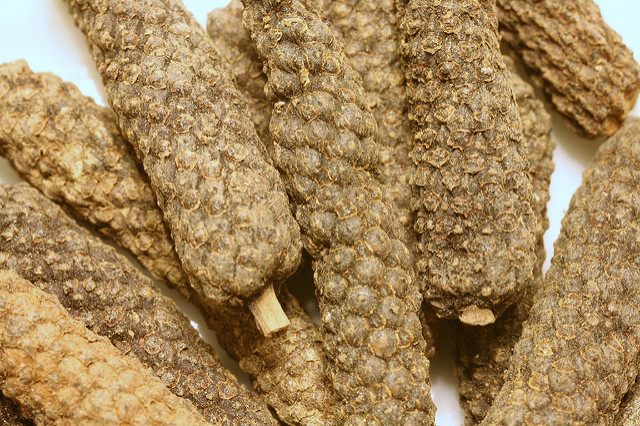
This is what pepper looked like to ancient Greeks. (Photo: Charles Haynes/CC BY-SA 2.0)
Before black pepper came to dominate fancy cooking in the Roman Empire, before culinary tradition made it ubiquitous in American food today, another pepper—the first type of pepper ever to reach Europe—was even more prized.
This pepper is called long pepper, and it first showed up in the Mediterranean around the sixth century B.C. Greek cooks took to it immediately. It was spicy, in a way that no other plant available to Europeans was at the time.

But long pepper is almost entirely forgotten today, even though it set the stage for black pepper to win a centuries-long takeover of spice cabinets. Why did black pepper go mainstream, while long pepper, spicier and more complex, faded into obscurity?
It’s a story of geography, of supply and demand, and of quantity winning out over quality.
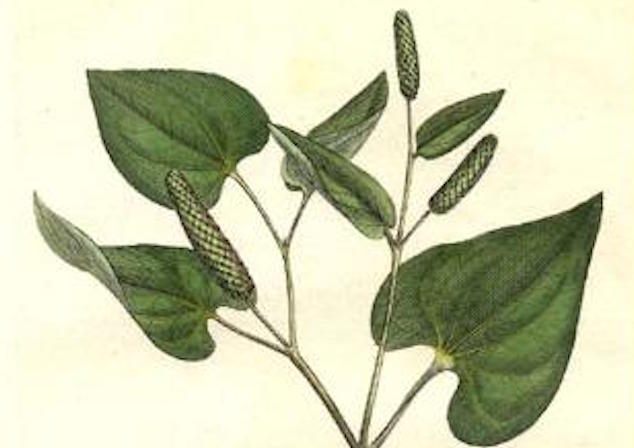
Long pepper on the vine. (Image: William Woodville/Public domain)
The Piper longum vine grows in the north of India, and long pepper would have made its way to the Mediterranean through overland spice routes, reaching Greece in the same classical era when Socrates philosophizing and Athens was in its golden age. This pepper doesn’t look anything like the black pepper we know today: it’s made from a flower spike and is long, bumpy, and undeniably phallic. It does have the same active compound as black pepper, though, an alkaloid called piperine, which activates the human body’s heat-sensing pathways. Mediterranean people might have had spicy food before—mustard and horseradish grow native to the area—but they never would have tasted anything that attacked the mouth in quite the same way.
By the turn of the millennium, long pepper was a beloved spice. In the years since it first reached Europe, though, the Romans had learned to navigate the monsoons to trade regularly with Kerala, southern India, where black pepper comes from. With trade routes by sea controlled by Rome, the supply of black pepper in Europe began to increase. By the 4th century A.D., both long pepper and black pepper were being sold as fancy spices, but black pepper cost a third as much.
In the modern world, where black pepper is everywhere and long pepper scarce, food writers often hint or say outright that long pepper is the better pepper. (One compares black pepper to a “knockoff handbag” to long pepper’s on-brand luxury.) Long pepper was supposed to be the hotter and more complicated of the two, with a heat akin to ginger’s. But Roman recipes rarely distinguished between the two, and I wondered: was long pepper more expensive simply because it was rarer? Or was it actually tastier?
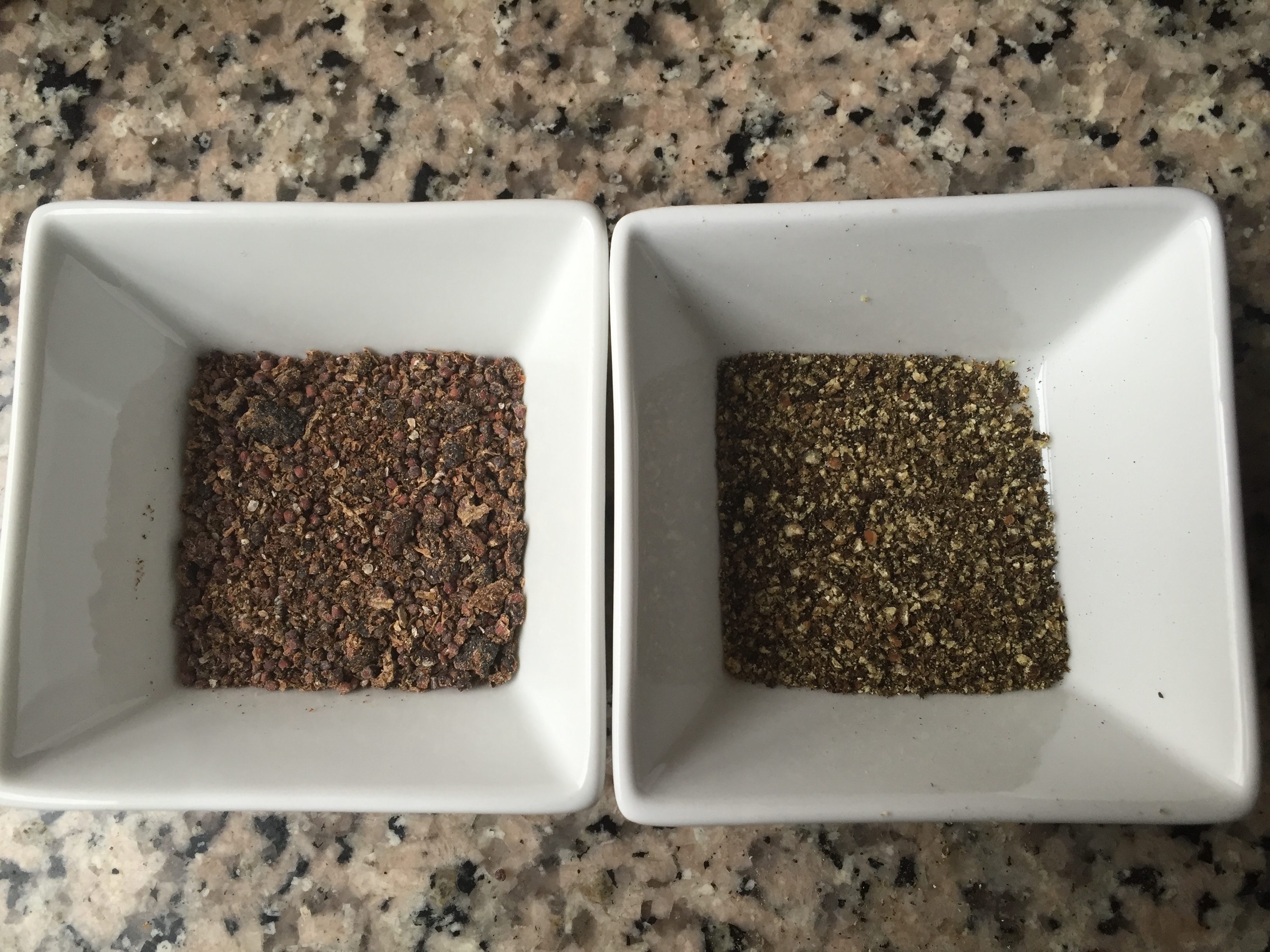
Long pepper on the left; black pepper on the right. (Photo: Sarah Laskow)
To test the question, I made two versions of cacio e pepe, an appropriately Roman pasta dish with only three main ingredients: pasta, cheese and pepper. One featured black pepper, the other long pepper. When I tried them side by side, black pepper was the more aggressive spice, announcing itself loudly before fading into a sharp tingle. Long pepper staged a more quiet takeover of my mouth, but once it had arrived, it lingered and grew in power. It had a pleasantness to it that made it tolerable for longer; black pepper’s assertive bite got kind of tiresome. Long pepper also had an acrid mellowness to it—its spice hit, but over a more floral note, rather than black pepper’s bitterness.
I’d call long pepper the better pepper, but the two tastes were similar enough that it was hard to imagine anyone besides a very picky and discerning guest noticing that their pasta was spiced with black pepper rather than long. Probably just because it was less expensive, black pepper kept growing in popularity: it was one of the commodities Rome used to pay off Alaric the Visigoth when he had the city under siege. It made it through the Middle Ages as a luxury item and Portuguese spice traders pioneered new routes to bring it back to Europe.
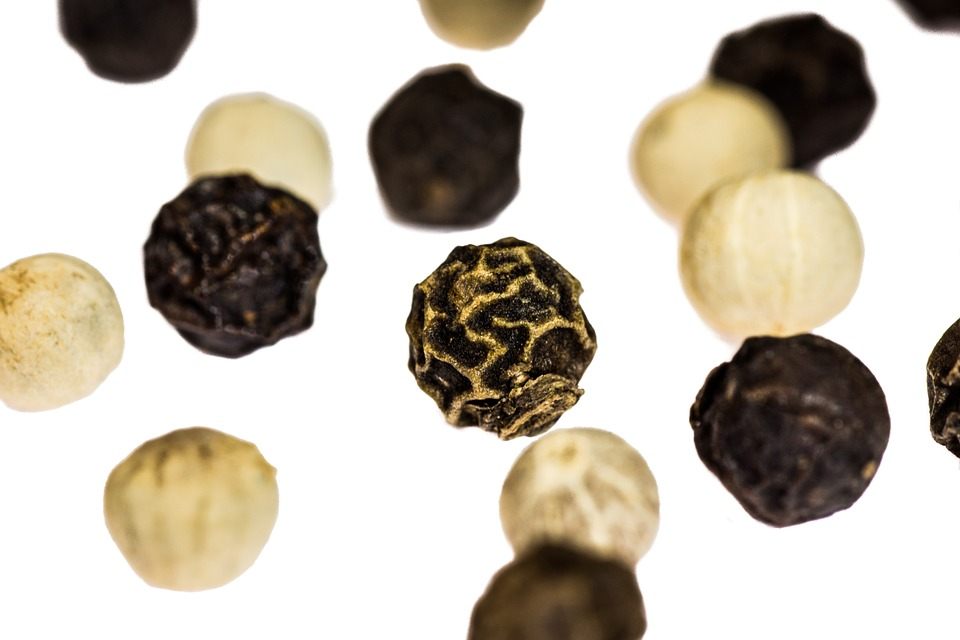
Black pepper won. (Photo: Alexander Stein/CC0)
Up until the end of the 17th century, long pepper was still available in Europe. By the 1700s, long pepper had fallen out of use. Trade routes by sea had outcompeted overland trade routes, and since black pepper traveled by water, it won out over long pepper. Today, long pepper’s still commonly used in cooking from the places where it grows: it’s an ingredient in Indian cooking and in southeast Asian dishes. (Indonesia is another big supplier these days.) For European cooks and American cooks, though, there’s only one piperine-carrying plant that matters: Piper nigrum.
Gastro Obscura covers the world’s most wondrous food and drink.
Sign up for our regular newsletter.




























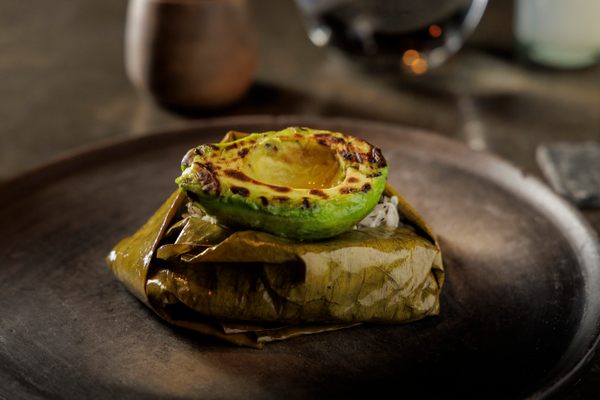

Follow us on Twitter to get the latest on the world's hidden wonders.
Like us on Facebook to get the latest on the world's hidden wonders.
Follow us on Twitter Like us on Facebook